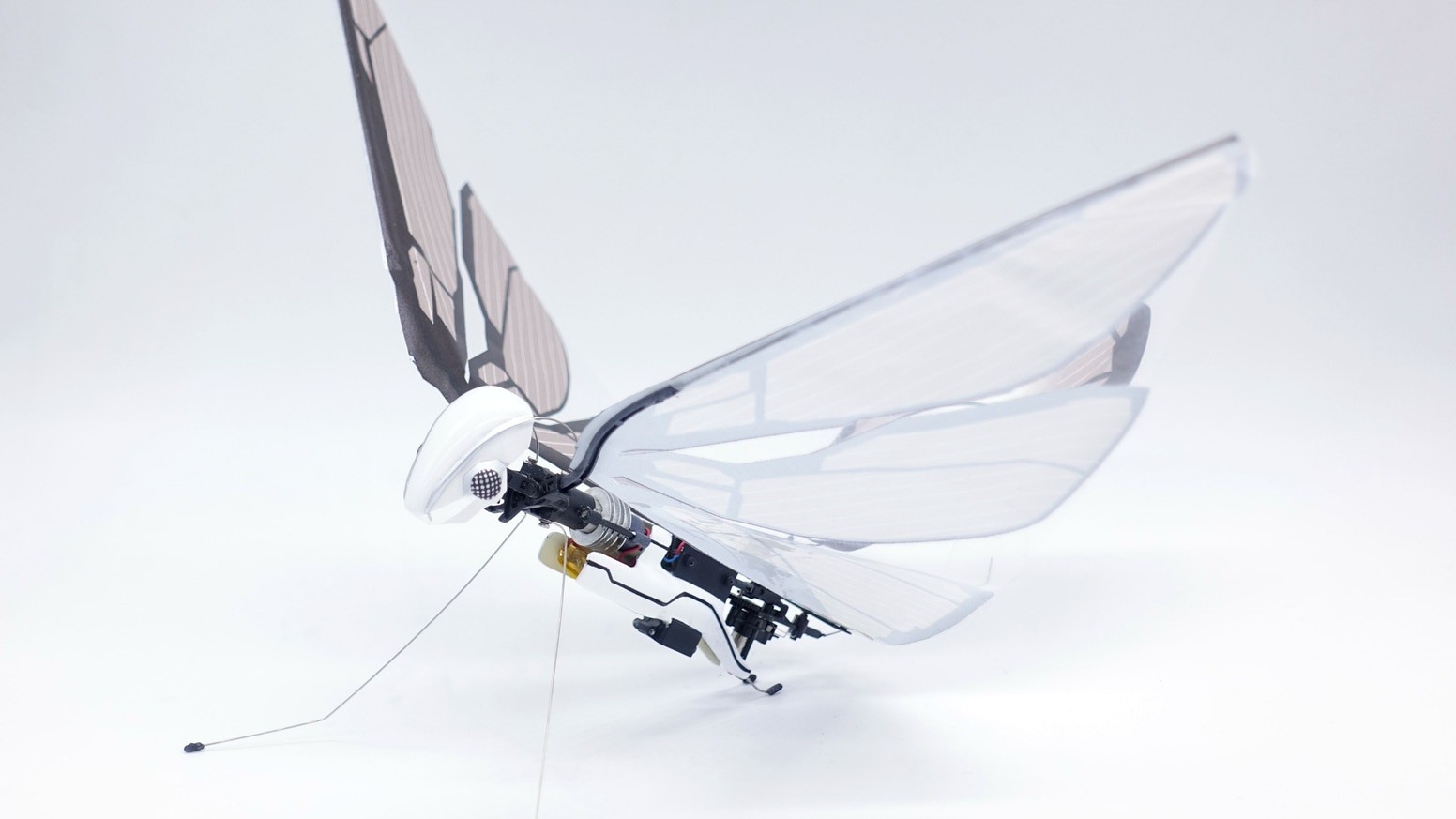Most drones consist of a frame with any number of arms, which is not the case with the new MetaFly drone. Namely, with its image, as well as with the way it flies, it strongly resembles a flying insect.
MetaFly differs from traditional drones in that it does not use propellers to fly, but wings. French inventor Edwin Van Ruymbeke succeeded with an extremely interesting innovation mimic the mechanics of flight, which are used by flying animals. So he designed a drone that is at the same time easy and nimble.
Van Ruymbeke said at the product launch that he wanted to introduce people a unique flight experience, which they do not remember.
MetaFly that is intended for external and internal use, is possible on a distance of up to 98 meters manage with two-channel remote control. The user must be careful that the drone does not crash into an obstacle during flight, because does not have built-in object avoidance technology.
The drone can 12-minute battery charging it travels through the air 8 minutes, while reaching a speed of up to 18 kilometers per hour. It should not only convince consumers with its lightness, but also with its durability. It is made from elastic materials, and front and rear bumpers help protect it from accidents.
The technology behind the new drone is a fetus more than 40 years of research. Van Ruymbeke, who is an aeronautical engineer by training, already gained experience in past projects. If the MetaFly drone convinced you, you can support it on the website Kickstarter. The first buyers will have their own device, for which it will be necessary to pay in advance 69 €, expectedly received September this year.
Gallery - MetaFly: a drone you'll mistake for a flying insect
More information:
kickstarter.com










